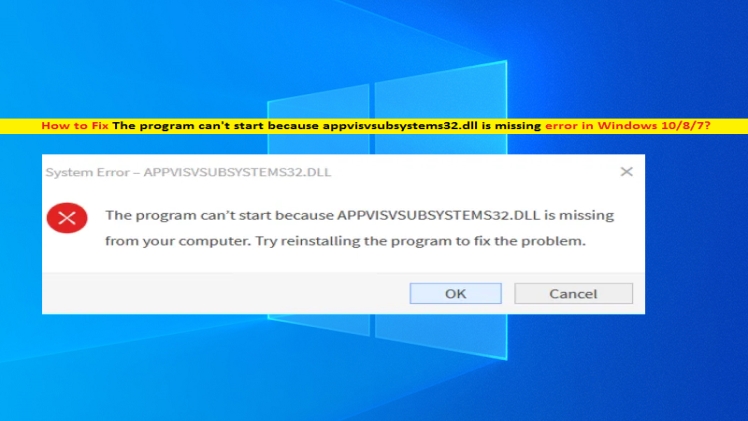The question “How DLL can files effort properly” lies in the DLL Help database. This database helps developers identify the specific versions of DLLs installed by Microsoft’s software products. It also describes the requirements and issues that developers may encounter when creating their DLLs. There are two methods for linking DLL files: run-time dynamic linking and load-time dynamic linking. The two methods can be used by different applications to call exported DLL functions.
DLL files are not initialized properly
You may need to update your system if you see a message that says.DLL files are not initialized correctly. A missing DLL file usually causes this error. This is a common cause of program errors. Try copying the DLL file from another system to fix this error. Another common error cause is an incorrect DLL entry in the Windows registry. If you are having trouble finding these files, you should try to restore them using a repair disc or startup repair. If this method fails, you can also try updating the hardware driver. Microsoft often distributes patches and service packs that replace the original DLL files. Running Windows updates can also fix this problem.
If none of these solutions works, try using DISM or SFC to fix the issue. These programs are great for dealing with missing DLL files. The program will scan your computer’s C drive for these files. You can also run the DISM command in the Windows Control Panel if it can’t find any. Another common problem involving missing.DLL files is that many applications cannot run properly. These issues can be caused by a corrupted file, missing Windows updates, or both. The error message will be displayed as a missing.DLL file during an application’s first run or installation.
You should also check if you have any additional.DLL files that you may have accidentally deleted. You may want to use a free file recovery tool to fix these. Many programs can restore deleted dll-files.org and work even if you empty your Recycle Bin.
Security
The DLL file is a type of software component. It allows applications to share code and functionality without loading all the information into the RAM. This helps to save memory and allows multiple programs to run more efficiently. While most DLL files are beneficial and necessary to running programs, some can also be malicious. These programs can infect Trojan horses or browser hijackers that can compromise your system and allow remote access.
Microsoft developed the DLL system. It is based on the object-programming paradigm. It aims to be better than existing DLLs and be uniquely named. It also requires that replacement DLLs be thoroughly tested before they can be used. The idea is similar to that of shared libraries.
Although some DLLs are part of Windows, they should not be used independently. Instead, they should be placed in the application’s directory. This allows the application to access them but hides them from the rest of the system.
Conclusion
Sometimes, you can manually repair the issue by downloading an a.DLL file from the Internet. However, it would help if you were careful when downloading these files. Even if you are sure that the file you are downloading is the right one for your system, you may infect your system with malware.
DLL files are part of dynamic linking. This is an efficient way to link applications to each other and reduce the amount of disk space applications use. These files allow programs to perform better by removing duplicate functions and freeing up RAM. It would help if you did not try to link these files manually.
If you still aren’t able to register the DLL file, try disabling User Account Control. This has been known to fix failed attempts to register DLL files. If that doesn’t work, try running a system file checker tool. These tools check for problems with the original Windows system files.

